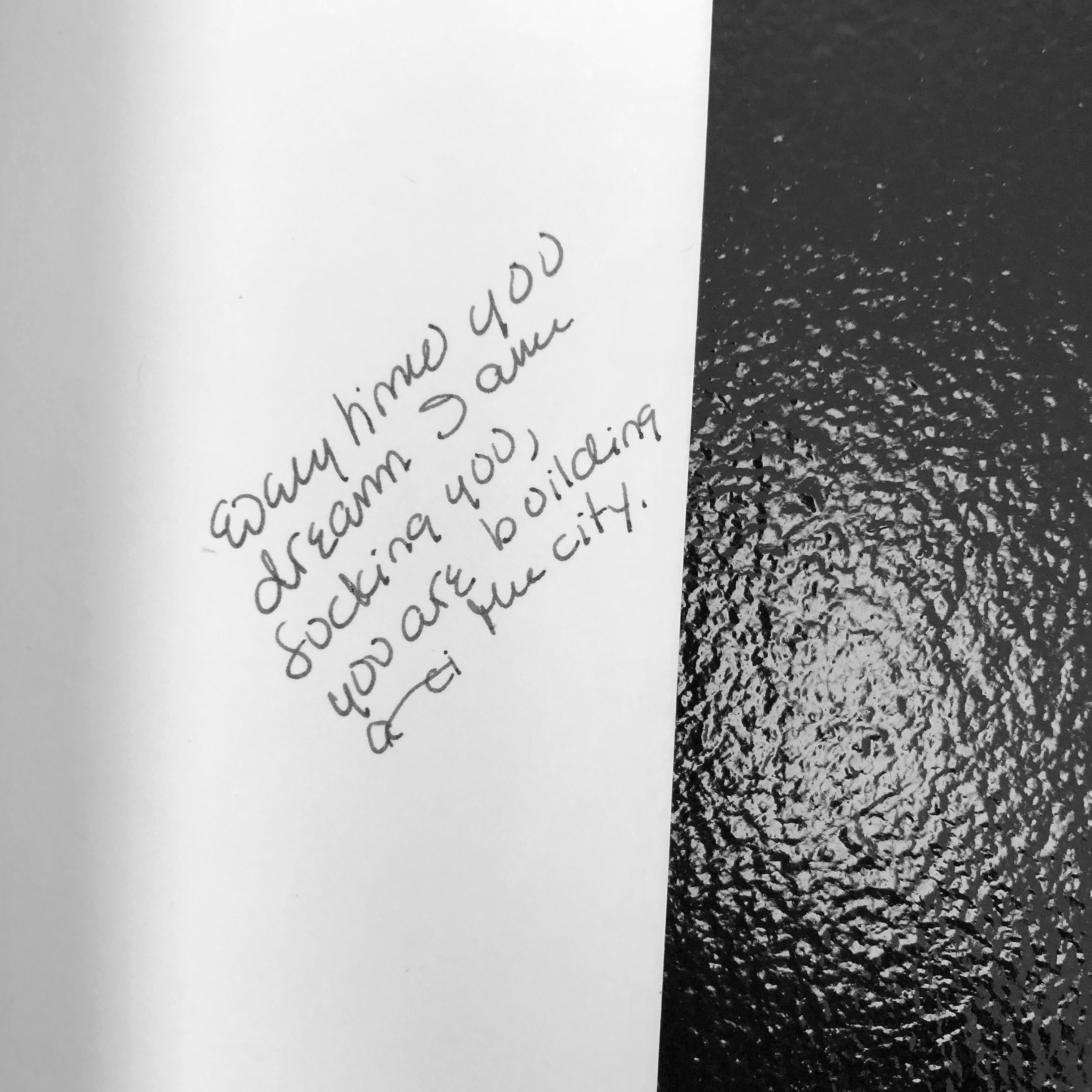Problem solving and teenagers - ReachOut Parents.
As parents, of course you want to make everything ok, but ultimately, you want to foster problem-solving ability in your child. By helping your child find their own answers and solutions, you are empowering them to feel confident in their own abilities and able to cope in their world. 3. Teach your child how they can “survive” difficult or.
Problem Solving: 5 Steps To Academic Success. I want my children to be happy! I want my children to be successful in life! I want my children to have every opportunity open to them! Many parents want to make sure that their children are successful and are able to manage their lives with aplomb. In an effort to do this they often use what Paul Tough in his book, “How Children Succeed.
Fascinated with exploring new materials, Sarah decides to try to solve her problem by using the glue. Sarah squeezes streams of glue into a pile on her paper and then pushes the leaves on top. Like most three-year-olds, she's solving a problem through trial and error, relying primarily on her senses rather than reasoning. So it may take several experiments before she understands that the.
Helping children learn problem-solving skills. Introduction. Young children require lots of guidance as they learn to cope with the everyday challenges of new situations and getting on with others. Parents and educators are central in teaching children how to solve problems and resolve conflict. It may take some time at first, but developing problem-solving skills leads to confident and.
Problem solving as a team. Engage in problem solving by breaking things down into steps. The 5 steps of problem solving. Identify the problem; Brainstorm solutions; Choose a solution; Evaluate the solution; Make a follow-up action plan; When you are problem solving together, take turns talking. Stay focused on the topic, rather than side-track the conversation by raising other issues or.
Using the five steps mentioned in this article can transform a problem into a resolved issue. These are simple steps to keep in mind when dealing with troubles in parenting. They are problem solving in the area of behavior and even more importantly understanding where the behavior comes from.
Problems that are novel or larger may require us to pause and actively use our problem solving skills. One of the most exciting moments is to witness a child learning to solve his or her own problems! The moment when a child spits out a pacifier and instead of crying, she reaches out her hand to search for it and places it back in her mouth. A toddler stands up, notices his feet feel funny and.
.png)









